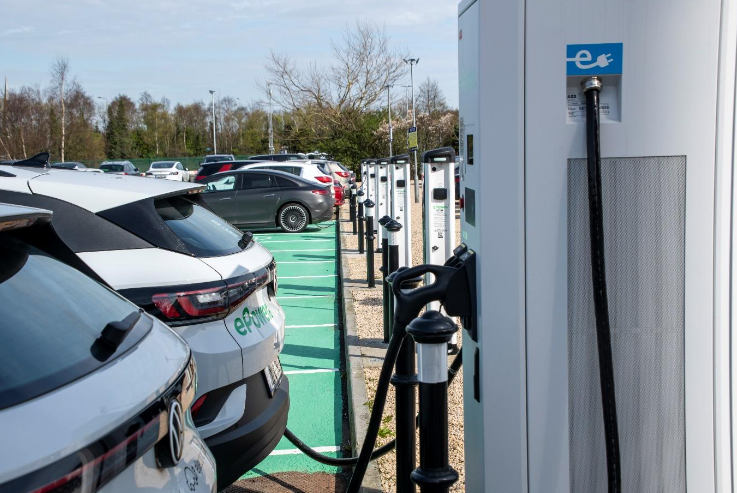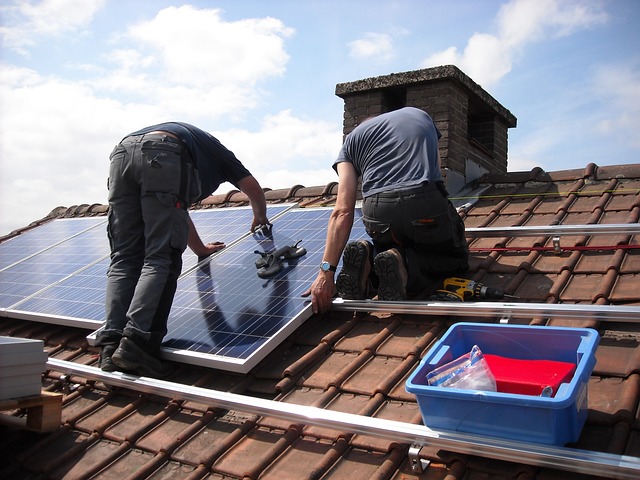There are some new interesting images doing the rounds on the internet at the moment. They show a very feint silver lining around the cloud of this coronavirus outbreak. The images show empty cities, empty of people, empty of noise and empty of cars – They are quiet, they look clean and well, they look positively healthy. It is quite a strange juxtaposition against the malaise of Covid-19 Virus, but it is completely real. Emissions are down significantly around the world especially in China and India but also in European Cities such as Paris and London: All these cities are breathing easy once again!
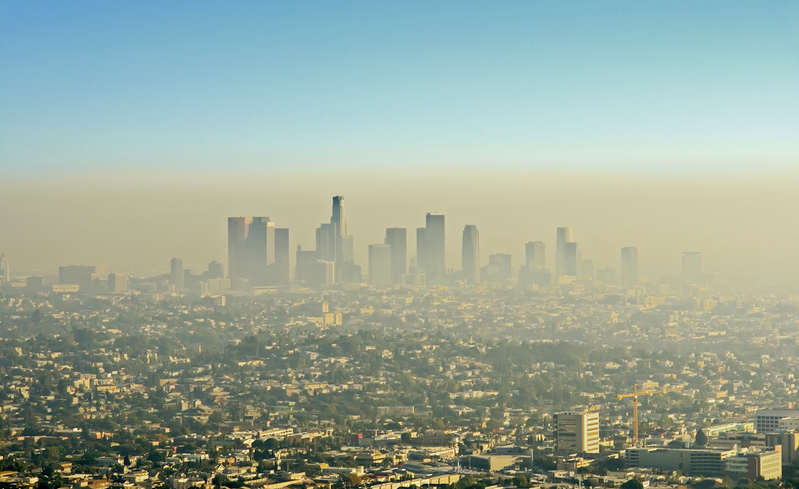
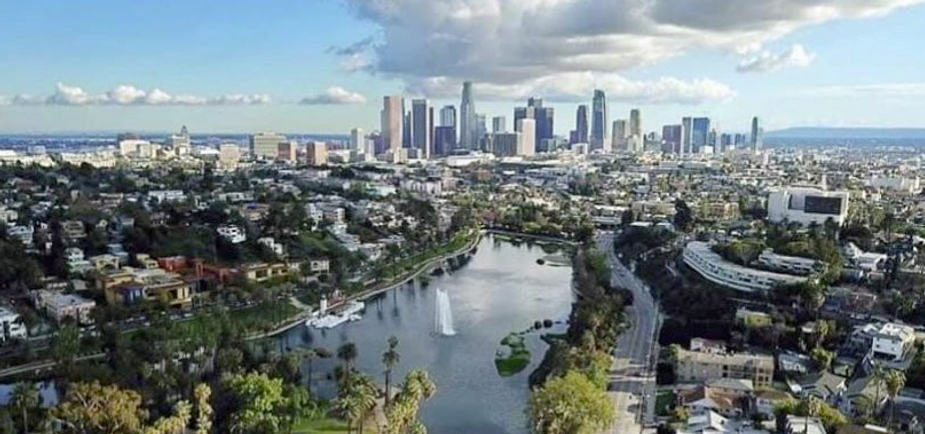
And though China may be quite far away, the impact of the reduction in emissions has been quite dramatic and should serve as a lesson to the rest of the world:
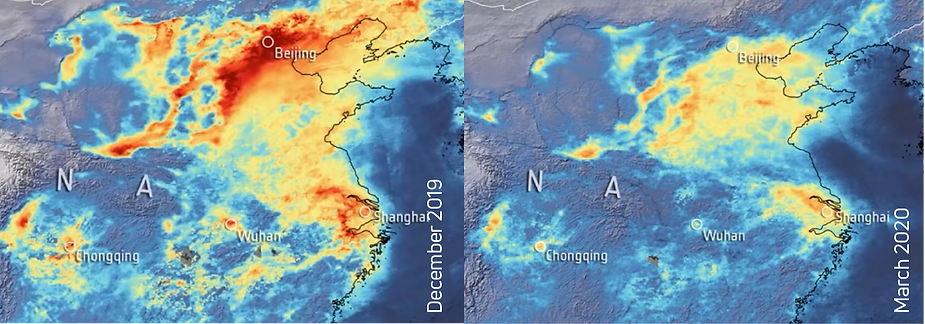
What a difference a few months make – these images show difference in emissions as seen by The Copernicus Atmosphere Monitoring Service (CAMS) from December 2019 to March 2020 – interactive map available here
Clean Air Saves Lives
Nitrogen dioxide (NO2) and tiny particle matter known as PM2.5 are together held responsible for about 470,000 deaths in Europe each year as reported by this study from the Centre for Research on Energy and Clean Air. The study suggests that as a result of the cleaner air in our cities – the coronavirus lockdown has saved 11,000 deaths that would have otherwise occurred. According to a report in The Guardian, along with these 11,000 deaths the reduction in road traffic and industrial emissions have also resulted in:
“1.3m fewer days of work absence, 6,000 fewer children developing asthma, 1,900 avoided emergency room visits and 600 fewer preterm births, according to the Centre for Research on Energy and Clean Air”
These are very positive results and would suggest that maintaining cleaner air in our cities should be of great importance to all of us. There are two easy ways in which we could reduce these emissions on our streets: 1. reduce the number of cars on them and 2. reduce the emissions from those cars.
Can Remote Work Help Save The Environment?
Given the design of our cities and the nature of most people’s work, the first one is going to be a little harder to manage. However, over the last few weeks there have been thousands of companies and employees forced into trying out the distributed work model, i.e. Working from home and many are noticing the significant benefits that can arise. Those benefits are mostly personal – money savings, time savings, more autonomy, healthier diet, etc. but working from home also has a significant effect on the community as a whole – fewer cars on the road, meaning less traffic and fewer emissions.
This graph from another article in The Guardian, using traffic data from the Satnav provider TomTom, shows the effect that the coronavirus has had on Dublin’s traffic congestion. While this obviously includes people, who have been unable to work and will need to travel once the restrictions are lifted, it is undeniable that a considerable percentage of this traffic congestion could be removed if people continue to work remotely.
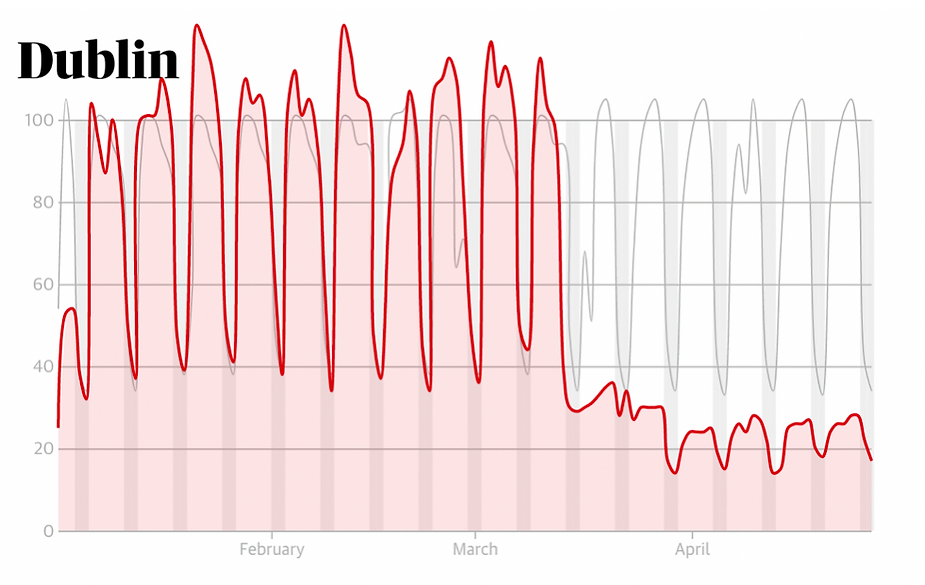
Data has not yet been published about the levels of Greenhouse Gas emissions in Ireland during the current time of the lockdown, however if we take 2018 ‘s level – which was 60.51 million tonnes for the year and extrapolate using the above graph and the % of GHG emissions that are attributed to transport, it is a safe bet to say that, at the current rate, we would see a reduction of around 9.2 million tonnes of carbon dioxide equivalent gasses released into the atmosphere.
There are a number of other ways in which we may reduce the number of cars on the road as the future of motoring moves more and more quickly to the Autonomous, Connected, Electric and Shared vision that pervades any discussion about the future of private transport (and which conveniently gives us the very cool acronym A.C.E.S!).
From that cool acronym, E is for Electric and brings us to the second way that we can realistically try to maintain these clean roads and cities – by reducing the emissions from the cars that do need to be on the road.
It may not be entirely feasible to maintain the current levels given the amount of us that rely on transport, deliveries, taxis etc. etc. however we can certainly strive toward this goal – an excellent example of this effort to reduce both noise and air pollution in city centres is being shown by McDonald’s in Sweden in conjunction with Scania – they are rolling out a new delivery system whereby the trucks they use to deliver to all of their restaurants are hybrid electric and they use a smart “geo-fencing” system which means that as the trucks approach a city limits, the power automatically moves from Diesel to the Electric drive train meaning they can make all of their deliveries without adding to the pollution of the cities air or the noisy city streets.
But Do Electric Vehicles Actually Reduce Pollution?
(The short answer is Yes!)
There are definite complexities that require discussion, things like: are EV batteries bad for the environment? How many kms does an EV need to do before it becomes so called ‘greener’ (given the more energy intensive manufacturing process) etc. etc. While these things are up for discussion, they will certainly be enhanced by improvements in battery technology and economies of scale as EVs become more prevalent on the production line. One thing is for sure: In comparison with petrol or diesel vehicles, electric cars, vans and trucks have a minimum environmental impact.
In 2014 The Environmental Protection Agency (EPA) released a very sobering video demonstrating the amount of Greenhouse Gas (GHG) emissions that Ireland release every day (It is 160 thousand tonnes!)
Obviously, this is the cumulative effect from all sources of GHG emissions; Agriculture, Energy, Transport, Industry and Commerce, Residential and Waste sectors. However, a significant portion of this is from Transport as can be seen in the infographic below.
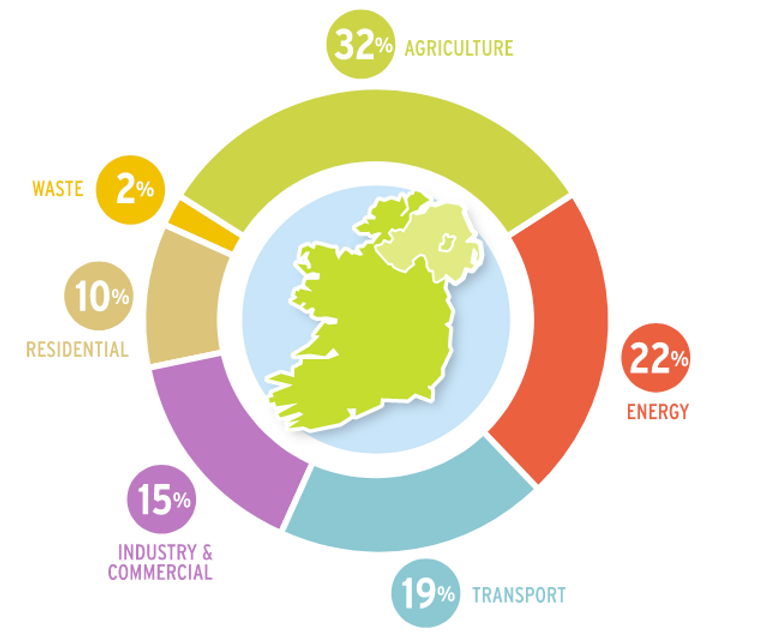
Every sector that contributes to these emissions needs to make changes and reduce their output and one that we as consumers can have a very direct effect on is the type of car we drive. The exhaust pipe emission count from an EV is effectively zero. So if we want to continue to live in cleaner, quieter cities with fresh air and contribute to a better standard of life for everybody in the community then the sooner that, those that can, move to an Electric Vehicle, the better. Agriculture is often blamed for Ireland’s high Greenhouse Gas levels, but the above information shows that the transport sector could be a much easier immediate fix when trying to reduce carbon emissions.
Global warming and rising sea levels are equally important given that we won’t be worrying about clean air if we are all under the sea!
Find out how you can join us in leading the charge to electrifying our transport systems by contacting ePower here, emailing info@epower.ie or call today on 01-9029800



